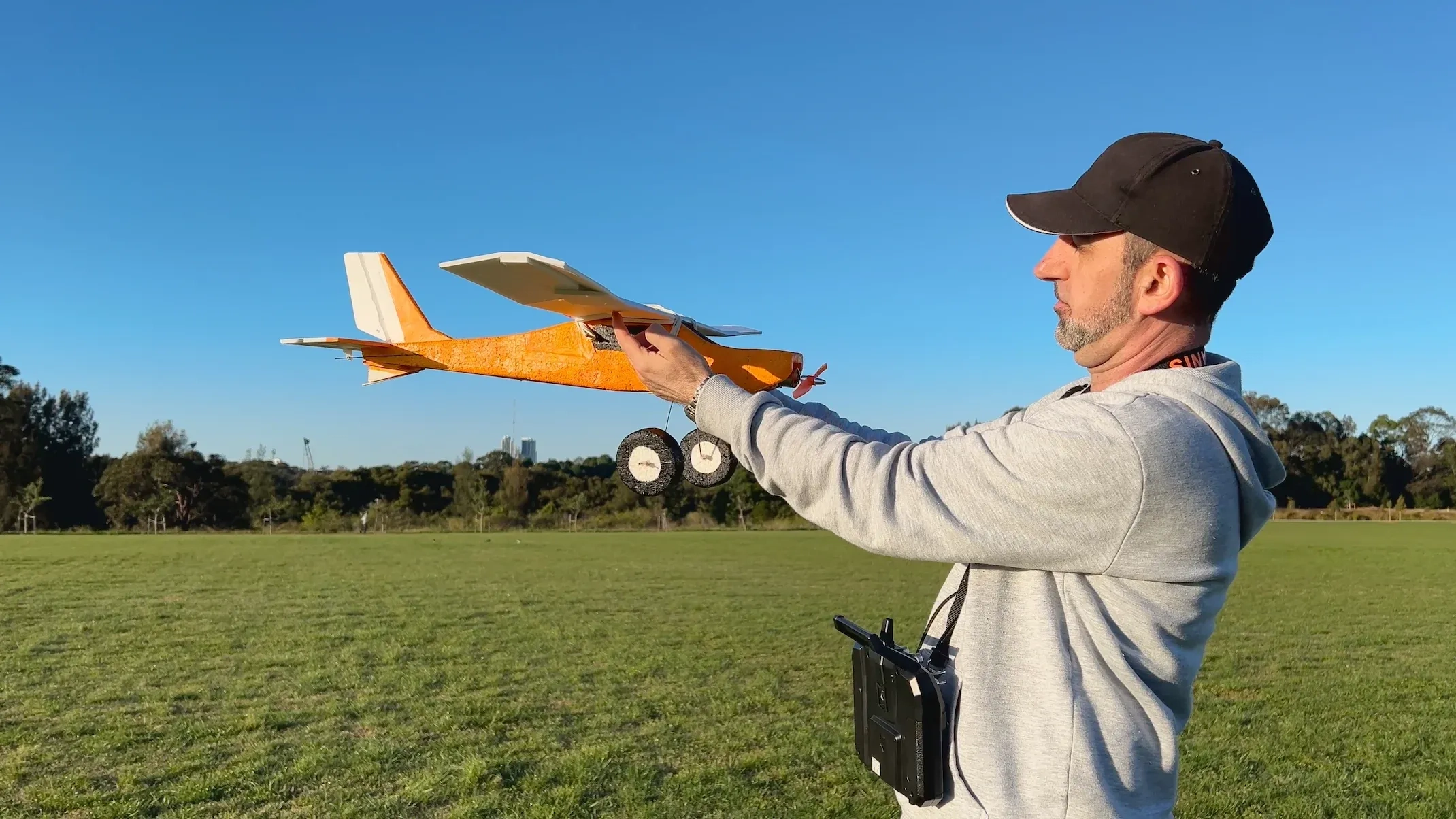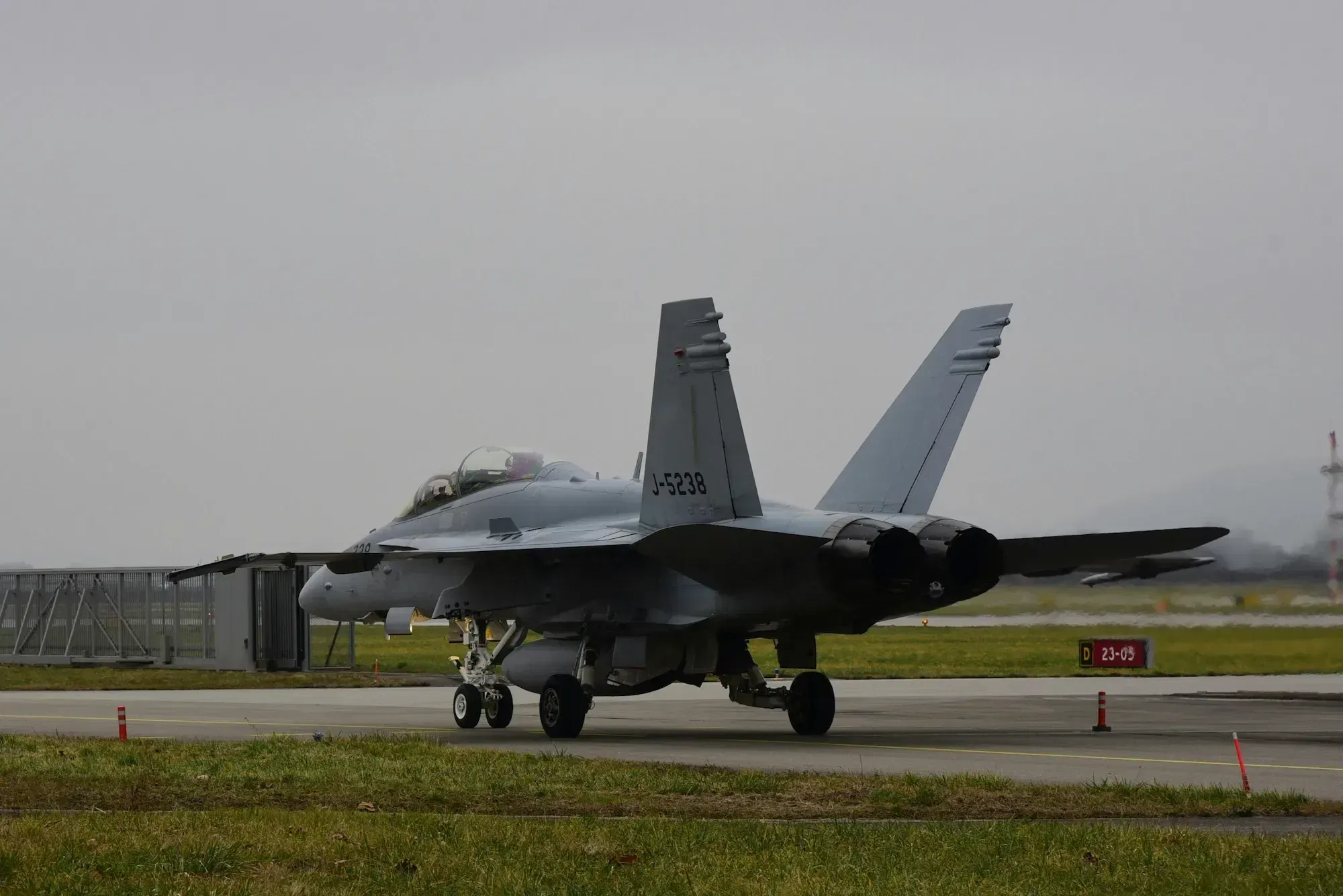
The Importance of CG (Center of Gravity) for Airplanes to Fly
Introduction
I still remember how many times, as a child, I built model airplanes out of cardboard. They looked perfect—carefully measured, well-shaped, and balanced to the eye. But the excitement quickly turned to disappointment when they crashed on the very first throw. Back then, I had no idea why they failed to glide. What I didn’t know was that the secret to stable flight wasn’t just in the shape or symmetry—it was all about the Center of Gravity (CG). Now I know: if there’s one thing that can make or break a model’s ability to fly, it’s the CG.
What Is CG (Center of Gravity)?
The Center of Gravity (CG) is the point where the total weight of the airplane is considered to act. It’s the balance point—just like balancing a ruler on your finger. In aviation, getting the CG in the correct location is critical for stable and safe flight. If the CG is off, the aircraft can become unstable, hard to control, or even unflyable.
Why Is CG Important?
- Stability: A correctly positioned CG ensures that the aircraft remains stable in pitch during flight.
- Control: Proper CG placement gives the pilot full control authority. If CG is too far back or forward, elevators may lose effectiveness.
- Safety: Incorrect CG positioning can lead to stalls, flat spins, or uncontrollable dives.

How to Set the CG Correctly
In most aircraft designs, the CG should be placed slightly ahead of the center of lift (which is near the wing’s aerodynamic center).
Key Tips:
- The CG is usually around 25–33% of the wing chord (from the leading edge).
- For RC planes and model aircraft, you can measure from the leading edge and mark the CG point.
- Use movable weights (battery position, lead weights, etc.) to fine-tune the balance.


Testing the CG Before Takeoff
Before your plane takes off, it’s important to test the CG:
- Place your fingers or a CG stand under the marked CG point.
- The airplane should rest level or slightly nose down.
- If it tilts nose-up, it's tail-heavy.
- If it tilts nose-down heavily, it's nose-heavy.
Fine-Tune the CG with Initial Flight
Once your plane passes the static CG test, it's time to fine-tune it through actual flight.
Even small shifts in CG can make a big difference in how your aircraft handles in the air.
1. Perform an Initial Flight Test
Launch the plane and carefully observe its behavior.
- If it dives quickly or feels heavy on the controls, the CG is likely too far forward.
- If it pitches up sharply, stalls easily, or feels overly sensitive, the CG may be too far aft (tail-heavy).
2. Adjust the CG
Based on the flight behavior, make small adjustments to the CG by shifting components like the battery or adding weight to the nose or tail. Even minor changes can greatly improve stability and control.
3. Repeat and Refine
Continue the cycle of flying, observing, and adjusting. With each test flight, aim to find that "sweet spot"—where the plane flies level, responds predictably to inputs, and requires minimal trim correction.


What If It's Tail-Heavy?
Tail-heavy aircraft:
- Tend to pitch up uncontrollably
- Stall easily and are hard to recover
- Are dangerous for inexperienced pilots
In this case, move weight forward (e.g., shift the battery or add nose weight).

What If It's Nose-Heavy?
Nose-heavy aircraft:
- Tend to fly fast and dive
- Require constant elevator trim to stay level
- Are more stable but harder to land smoothly
In this case, move weight backward to reduce pressure on the nose.

Final Thoughts
Achieving the correct CG is non-negotiable in aircraft design and pre-flight checks. Whether you’re building a model or a real aircraft, always:
- Follow the recommended CG range from plans or manuals
- Use a CG calculator or simulator if needed
- Test and adjust carefully before flying
CG Testing in RC Planes vs Real Cargo Aircraft
While RC pilots can check CG with a simple balance test, full-size aircraft—especially cargo planes—require precise mathematical calculations to ensure safe flight.


1. Weight and Balance Calculations
Before every flight, pilots (or loadmasters) must calculate the aircraft’s CG based on several key factors:
- Basic Empty Weight: The empty aircraft weight, recorded during certification.
- Fuel Weight: How much fuel is loaded and where it is stored.
- Cargo Weight and Placement: Each item is placed at a measured distance (called an arm) from a reference point called the datum.
- Passenger Weight and Seating (if applicable).
Each item's moment is calculated using:
Moment = Weight × Arm
The total moment and total weight are then used to calculate the aircraft's CG position:

2. Cargo Loading Plans
Cargo planes like the Boeing 747 Freighter, C-130 Hercules, and Antonov An-124 follow strict loading manuals:
- Each cargo hold or pallet position has maximum weight limits.
- Loadmasters must distribute the weight carefully to keep the CG within allowable limits.
- If necessary, heavy cargo is shifted forward or aft to achieve proper balance.
- Sometimes ballast blocks (heavy metal weights) are added if balance cannot be achieved with cargo alone.
3. Weight and Balance Sheets
Before takeoff:
- A formal weight and balance sheet must be prepared.
- It lists every load item, its weight, its arm, and its moment.
- The final CG must fall within the limits specified in the aircraft’s flight manual.
- The pilot or flight commander reviews and signs this document to confirm safety.
Example: Real-World Cargo Aircraft Weight and Balance Sheet
Here’s a realistic example of a cargo aircraft Weight and Balance Sheet. (It’s simplified for clarity but very close to what loadmasters and pilots actually use.)
In this example, the aircraft's datum line is located at the nose (0 meters).
All arms (distances) are measured backward from the nose, so they are positive numbers.
Sample Cargo Aircraft Weight and Balance Sheet

Now, Sum Everything:
- Total Weight = 40,000 + 300 + 20,000 + 5,000 + 4,000 + 3,000 = 72,300 kg
- Total Moment = (40,000 x 15) + (300 x 10) + (20,000 x 14.5) + (5,000 x 8) + (4,000 x 15.5) + (3,000 x 20)
= 600,000 + 3,000 + 290,000 + 40,000 + 62,000 + 60,000 = 1,055,000 kg·m
Calculate Center of Gravity (CG):
Result:
The CG is 14.6 meters from the aircraft’s reference point (datum line).
If the aircraft’s manual specifies that CG must be between 14.0 m and 16.0 m, then this flight is within safe limits.
Visual Layout
Imagine the aircraft fuselage layout like this:
- Cargo Pallet 1 is placed forward,
- Cargo Pallet 2 is near the middle,
- Cargo Pallet 3 is at the rear.
This arrangement balances the aircraft nicely around the wing center (near the 15-meter mark).

Why This Matters
- If Cargo Pallet 3 were heavier than planned, CG would shift too far aft, making the plane prone to stalls.
- If Cargo Pallet 1 were overloaded, CG would shift too far forward, making it difficult to rotate during takeoff.
That’s why real-world cargo operations have strict loading limits, multiple inspections, and final pilot review before flight.
4. No Physical Balance Test
Unlike RC models, full-size aircraft are never physically lifted to check CG.
Pilots and loadmasters trust the math, the cargo distribution, and the careful preflight paperwork.
If the CG is outside acceptable limits:
- A forward CG can cause difficulty lifting the nose during takeoff.
- An aft CG can cause instability, making the plane difficult to control, especially in turbulence.
- In extreme cases, an unstable CG can lead to catastrophic loss of control during flight.
5. Backup Systems
Some large or military aircraft are equipped with:
- CG Sensors: To monitor CG position in real-time.
- Fuel Transfer Systems: Allowing in-flight CG adjustments by pumping fuel between tanks.
These systems help maintain CG within safe limits during long flights or when cargo shifts slightly.





